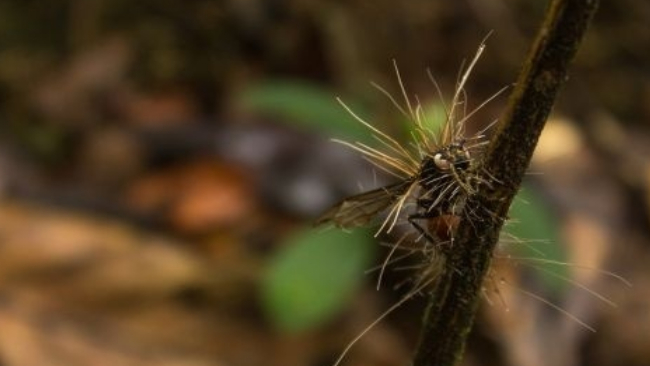In its broadest sense, nature is equivalent to the natural world or the phenomenon of the physical world that does not depend on human intervention to be born or develop.
from latin Natura, which has by meaning essential quality and what is born of an action, the word nature also refers to something that is inherent to the essence of a being or condition.
The importance of nature and the relevance of its preservation
Nature has an essential importance in the lives of living beings, especially for humans, who depend daily of its countless resources, such as drinking water, animals, food, oxygen, climate and fertile soil for the planting.
It is present in the daily lives of many beings, who need their development and balance to keep themselves alive. Therefore, movements and projects are created around the world, warning about actions that cause the scarcity of basic resources, serious climate change and the extinction of animals.
Currently there are NGOs and Institutes such as IBAMA - Brazilian Institute for the Environment and Renewable Natural Resources - that encourage the cultivation of plants and trees, balanced consumption of resources and non-deforestation, providing guidance on future risks for all species.
Nature and the concept of life
In the concept of the word nature, there is a definition of the phenomenon of life, which for many biologists is everything that which grows and develops without human intervention, causing an opposition between the natural and the artificial.
The essential elements of nature are those that have the capacity for organization, metabolism, growth, adaptation, response to stimuli and reproduction.
Understand more about the meaning of Metabolism and Protist Kingdom.
what makes up nature
Among the best known components are animals, a group that includes humans, fungi, bacteria, protists and the plant kingdom.
Unlike what many people think, landscape is not a component of nature. For scholars, it is the result of the birth and development of elements in nature, such as plants, animals and marine life.

Turtle - belonging to the animal group

Cordyceps - species of fungus
human nature
The term Human Nature is used to express the true essence of man and his dimension.
This concept was developed by philosophers and sociologists such as Freud and Plato since Ancient Greece, through divergent theories with the same goal: to understand the essence and needs common to all human beings, how to live collectively, think or even love.
Even though there is no consensus on its concept, in its general sense, human nature means the gathering of characteristics different aspects that are inherent to human beings, such as thinking, acting and feeling, that are independent of external influences such as culture or education.
Dead nature
It is a genre of painting, with its beginnings in the 16th century, created by students of the great famous painters of the north and south of the Europe, which used elements of nature such as fruits, flowers, plants and animals as inspiration for their works.
The arts of still life were considered only a sketch and were not worshiped by the people, however, throughout the Protestant Reformation it gained great strength.
Over the years, still life paintings have gained great admirers and painters who have elevated its level of sophistication, enchanting art lovers and great plastic artists to this day current.
Learn more about the period of Protestant Reformation.

Still Life represented by Agostinho José da Mota
Understand the meaning of Visual arts.
Legal Nature
The legal nature seeks the definition and composition of a public, private or legal phenomenon to classify and frame it within a larger category.
The basis of the legal nature is to define or classify something, finding its affinity to link to a condition that it makes sense. A crime scene, for example, has a criminal law nature. That is, after understanding its essence and understanding its legal nature as criminal, it can be classified within a larger category to which it belongs.
